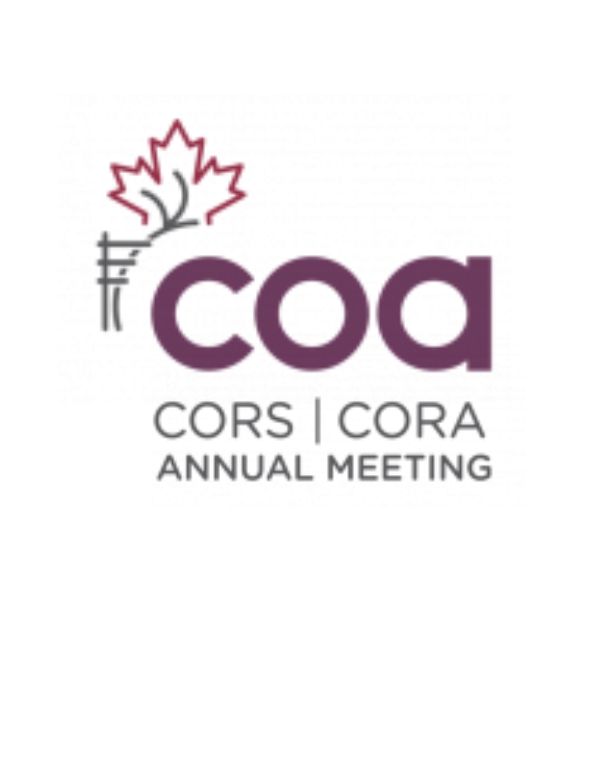
COA 2025: Tibial Baseplate Stability in Anatomic vs Mechanical Alignment for TKA

COA 2025: Tibial Baseplate Stability in Anatomic vs Mechanical Alignment for TKA
Randomized Controlled Trial Comparing Tibial Baseplate Stability Between Anatomic (Femur-First) and Mechanical Alignment Techniques Using Radiostereometric Analysis
Did you know you're eligible to earn 0.5 CME credits for reading this report? Click Here
CONFERENCE ACE REPORTS
This ACE Report is a summary of a conference presentation or abstract. The information provided has limited the ability to provide an accurate assessment of the risk of bias or the overall quality. Please interpret the results with caution as trials may be in progress and select results may have been presented.
Synopsis
Fifty-seven patients with end-stage osteoarthritis undergoing total knee arthroplasty were randomized to receive either anatomical alignment (n=24) or mechanical alignment (n=22) using a fixed-bearing ATTUNE S+ Cruciate Retaining implant. The primary outcome was tibial baseplate subsidence at 12 and 24 months. Secondary outcomes included maximum total point motion (MTPM) and the effect of weight-b...
To view the full content, login to your account,
or start your 30-day FREE Trial today.
FREE TRIAL
LOGIN
Forgot Password?
Explore some of our unlocked ACE Reports below!

Learn about our AI Driven
High Impact Search Feature
Our AI driven High Impact metric calculates the impact an article will have by considering both the publishing journal and the content of the article itself. Built using the latest advances in natural language processing, OE High Impact predicts an article’s future number of citations better than impact factor alone.
Continue



 LOGIN
LOGIN

Join the Conversation
Please Login or Join to leave comments.